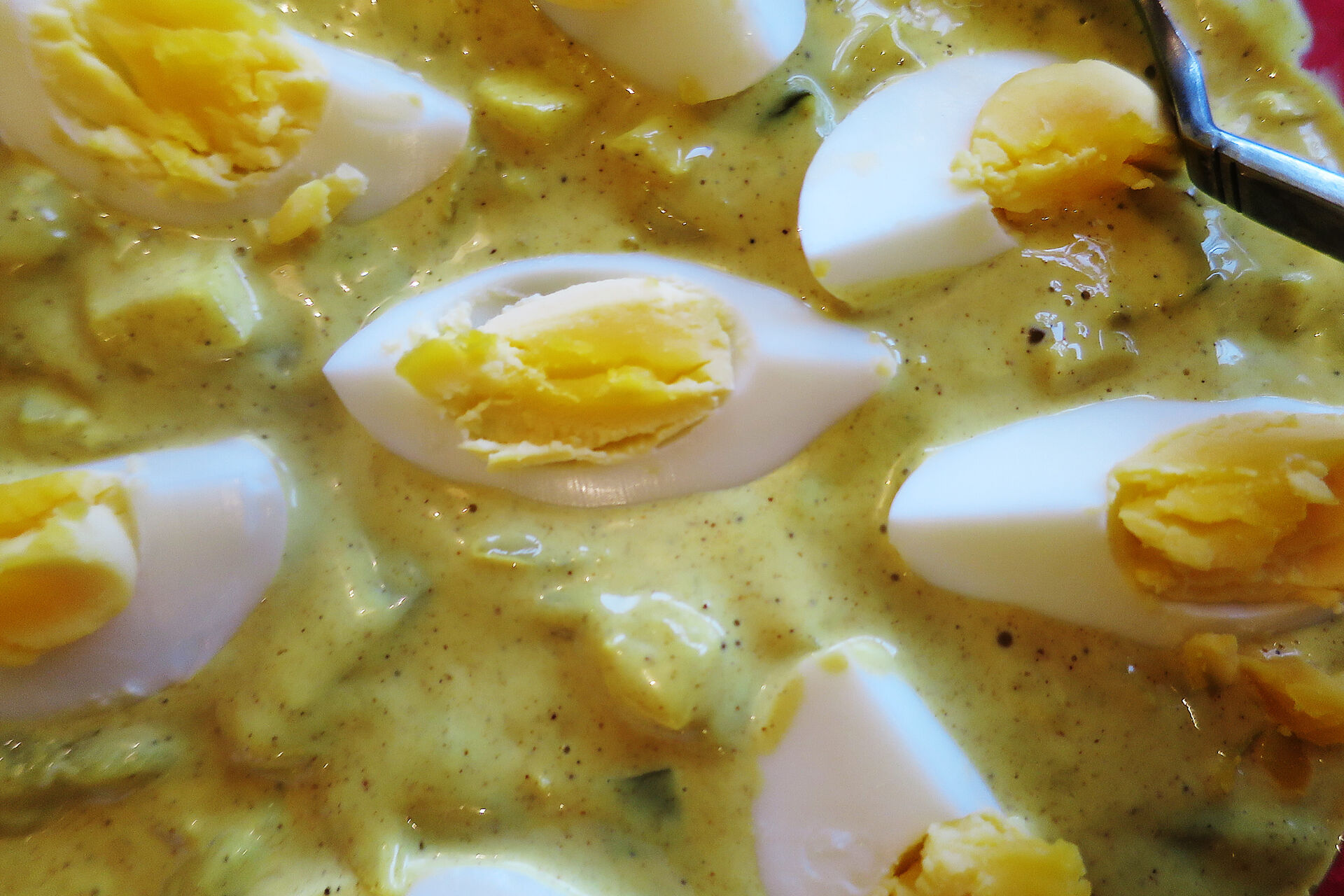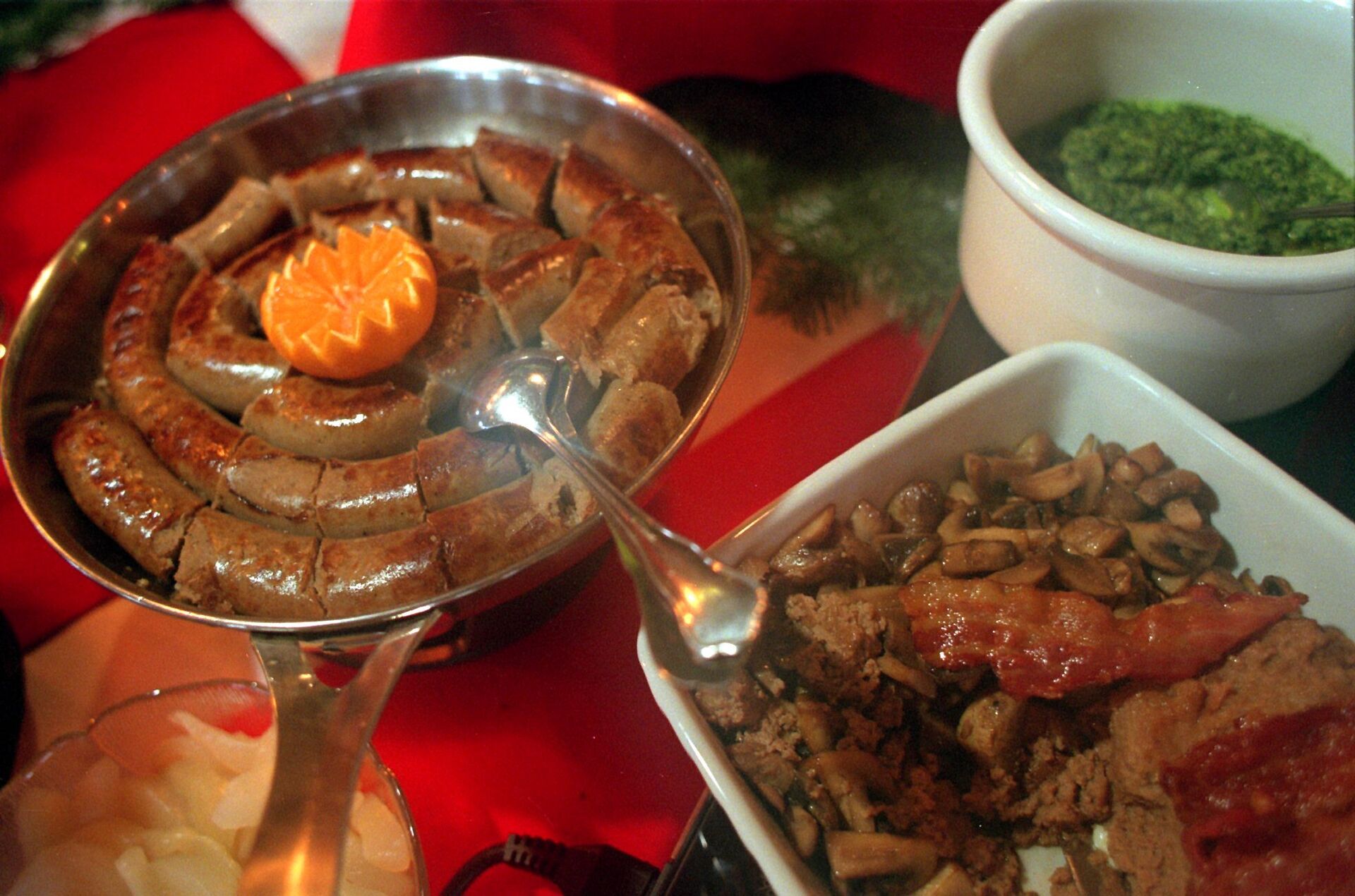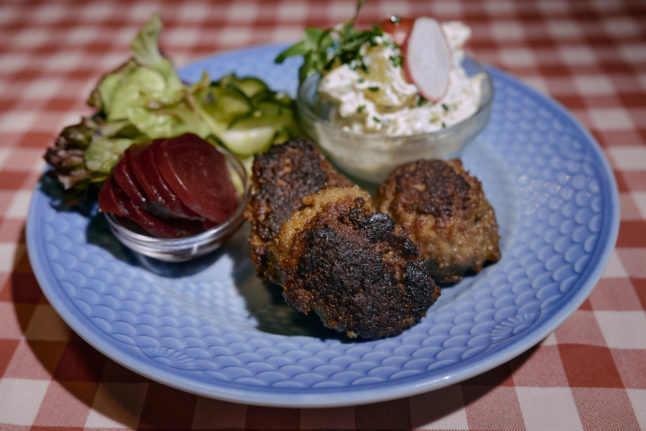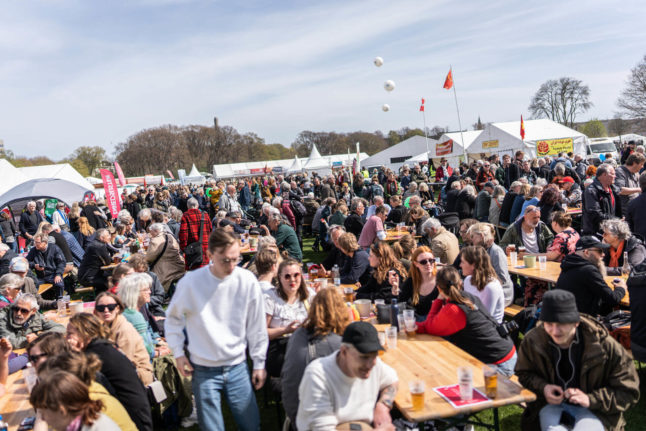With dozens of Michelin stars scattered across the country, world-famous restaurants like Noma and Geranium and Bocuse d’Or winning chefs, it’s not surprising Denmark is known as a gastronomical destination.
But that doesn’t mean there aren’t many simple, traditional meals that make up an important part of the culinary landscape.
Danish dishes often reflect the country’s agricultural roots, its heavy use of pork and fish and common “meat and two veg” style of meal composition.
Here are a few dishes that are time-honoured favourites in Denmark and, as well as tasting great, might tell you a bit about the Nordic nation’s past and present.
Frikadeller
Frikadeller is Denmark’s answer to Sweden’s köttbullar or meatballs, made famous worldwide by their presence in IKEA cantines.
The Danish version consists of ground meat – commonly pork – rolled into a ball with salt, egg and seasoning like thyme and cumin, fried on a pan. There are other variations and styles but this seems to be the most common.
Usually, the frikadeller are pressed flat to make them more cylindrical than ball-shaped.
They can be served with anything from a salad to pasta or a slice of rye bread, but seem most at home with boiled potatoes, gravy and some cabbage or beetroot.
Look out also for fiskefrikadeller – where the meatballs are made of fish.
Karrysild med æg
Curried herring with egg might sound like a potent mix of ingredients and it can be an acquired taste, but once you’ve got used to it you may join many Danes in favouring it as a rye bread topping on occasions like Easter lunches.
It’s easy to make – you chop up the herring (which can be bought in pre-marinated jars at supermarkets, if you prefer) and mix it with a creamy dressing consisting of mayonnaise, crème fraiche, curry seasoning and red onion.
Mix in some chopped boiled eggs or serve them alongside the curried herring for your finished article. If you want to add a fancy twist, include some chopped apple in the cream for a bit of extra crispness.

Brændende kærlighed
Translating literally to “burning love”, brændende kærlighed is a classic Danish winter dish that will, as advertised, warm you up on cold nights.
It includes buttery mash potatoes and usually a side of pickled beetroot, but its crown it the topping: a hefty portion of chopped bacon, fried up with onions, pepper and sometimes a little chili.
Make sure the bacon is as crisp as possible.
READ ALSO: Five classic Danish cakes you need to try
Grønlangkål
Kål is the Danish word for cabbage. Grønlangkål or “green long cabbage” isn’t a type of cabbage in itself but a way of preparing and serving regular green cabbage, often at Christmas dinners or as a side with a pork-based main like glazed ham, the giant medister sausage or the aforementioned frikadeller meatballs.
Prepare by finely chopping the cabbage, mixing with cream, butter, sugar and muscat, and sautéing on a pain until it is soft.

READ ALSO: Påskefrokost: What are the essentials of a Danish Easter lunch?
Hotdog
Although it wasn’t invented in Denmark, the Danes have certainly made a version of the hotdog their own.
There are a few types which could be considered typically Danish, but the hotdog with rødpølse (“red sausage”), remoulade relish, pickled cucumber and dried fried onions is a classic and arguably the Scandinavian country’s signature street food.
You could also try a fransk hotdog or “French hotdog”, a somewhat blander affair in which the sausage is placed into a hollowed out miniature baguette, usually with ketchup or mayo.
Although fast food has diversified hugely since the hotdog’s arrival in Denmark over a hundred years ago, it is still as popular as ever – just ask the country’s police officers.



 Please whitelist us to continue reading.
Please whitelist us to continue reading.
Member comments